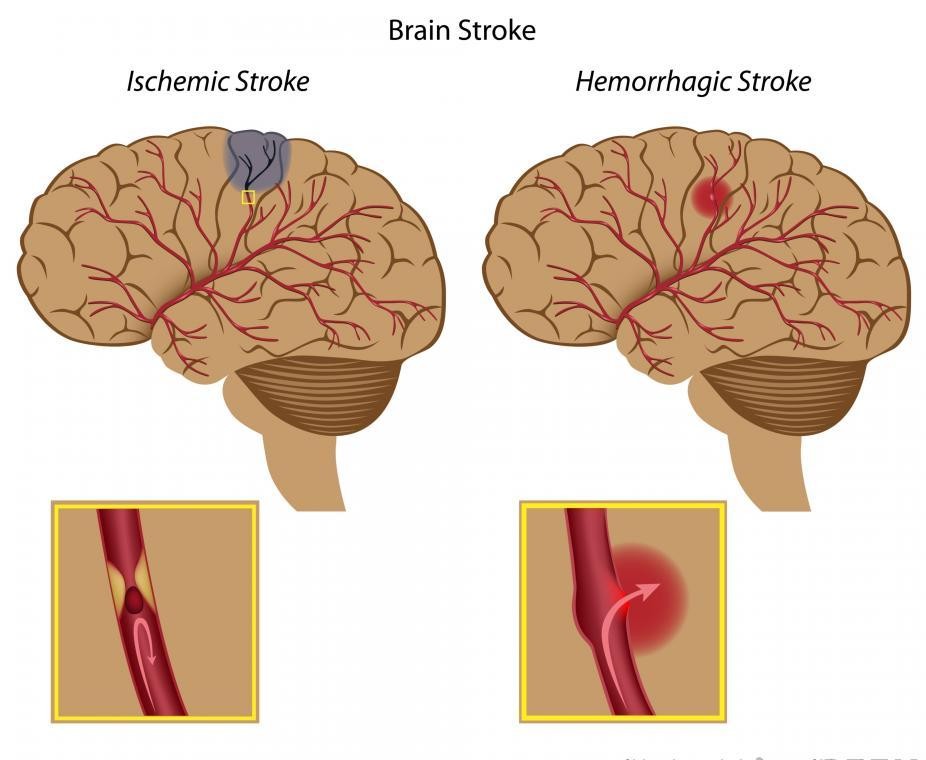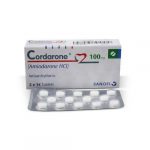
Contents
Aneurysm vs Stroke: Which Is Worse?
Aneurysms and strokes require immediate medical attention. When your brain is damaged and isn’t receiving enough blood and oxygen, it affects your thoughts, speech, and consciousness. These conditions can cause permanent damage or death.
What is an aneurysm vs. stroke?
Understanding the differences in symptoms and warning signs of these two conditions is crucial. Here’s what you need to know to prevent further damage and regain your health.
What is an aneurysm?
An aneurysm is an abnormality in your arteries where the artery wall becomes too thin and forms a bulge. While aneurysms can occur elsewhere in the body, they are most common and deadly in the brain. A burst brain aneurysm is a medical emergency and is fatal in 50% of cases.
What is a stroke?
A stroke is an abnormal event that occurs in the arteries of your brain. Most strokes are caused by a blood clot or blockage that stops blood flow in the brain. This is known as an ischemic stroke and makes up about 87% of all strokes.
The other type, hemorrhagic stroke, happens when a blood vessel bursts, damaging the brain and blocking blood flow to other areas. Strokes are the fifth-leading cause of death in the United States, and 10% to 20% of strokes are fatal.
What are symptoms and signs of aneurysm vs. stroke?
While aneurysms and strokes have different symptoms, some overlap. These symptoms can occur suddenly or show up as early warnings.
Symptoms of an aneurysm
Rarely, an unruptured aneurysm may cause the following symptoms:
- Dilated pupil in one eye
- Numbness on one side of the face
- Changes in vision
- Pain behind and above one eye
For a burst aneurysm, you may experience:
- Sudden, extremely painful headache
- Nausea and vomiting
- Drooping eyelid on one side
- Stiff neck
- Confusion
- Light sensitivity
- Seizures
- Loss of consciousness
Symptoms of a stroke
Symptoms for both types of stroke are similar. It can be difficult to distinguish between the two, but both are serious.
For an ischemic stroke, you may experience:
- Numbness or weakness on one side of the face, arm, or leg
- Confusion
- Dizziness and loss of balance
- Sudden, severe headache
- Difficulties speaking
- Vision troubles
- Chest pain or palpitations
- Shortness of breath
For a hemorrhagic stroke, you may experience:
- Sudden, intense headache
- Seizures
- Numbness in one arm or leg
- Weakness and loss of balance or coordination
- Vision changes
- Loss of speech
- Vomiting and nausea
- Confusion
- Neck stiffness
- Hand tremors
- Irregular heartbeat
- Shortness of breath
- Light sensitivity
Any of these symptoms can indicate a life-threatening emergency. Call 9-1-1 immediately.
Causes of aneurysm vs. stroke
Several causes and risk factors contribute to aneurysms and strokes. While some risk factors are beyond your control, others are manageable. Reducing your risks can help prevent these conditions.
Causes of an aneurysm
Aneurysms are caused by conditions that weaken blood vessels, leading to bulges. The main risk factors include:
- High blood pressure
- Smoking
- Family history
- Being older than 40
- Drug or alcohol use
- Infection
- Severe head injury
- Coronary artery disease
- Polycystic kidney disease
- Malformed arteries or veins
Causes of a stroke
Blood clots are the main cause of ischemic strokes, with risk factors including:
- High blood pressure
- Heart disease
- High cholesterol
- Diabetes
- Sickle cell anemia
- Smoking
Burst brain aneurysms are the leading cause of hemorrhagic strokes, with risk factors including:
- Heart disease
- Diabetes
- High blood pressure
- Smoking
- Excessive alcohol use
- Drug use
How to diagnose aneurysm vs. stroke
If you experience a burst aneurysm or stroke, seek emergency medical attention. Your doctor will perform a physical and neurological exam and order imaging scans to identify the problem.
For a burst aneurysm, you may undergo a CT scan, CTA, MRI, MRA, or a diagnostic cerebral angiogram.
For a stroke, your doctor may order an electroencephalogram, CTA scan, MRA, diagnostic cerebral angiogram, carotid ultrasound, trans-cranial Doppler ultrasound, or an echocardiogram.
Blood tests may also be conducted to check for infection, cholesterol levels, blood clotting abilities, thyroid or electrolyte irregularities.
Treatments of aneurysm vs. stroke
Swift treatment is vital for both conditions. Your doctor will determine the best course of action based on test results.
Aneurysm treatment options include surgical clipping, coil embolization, and flow diversion to prevent further bleeding.
Stroke treatment depends on the type. For ischemic strokes, clot-busting medication or a stent retriever may be used. Carotid endarterectomy or angioplasty may be performed to prevent future strokes.
For hemorrhagic strokes, similar treatments to burst aneurysms may be used, alongside blood pressure medications and seizure prevention.


